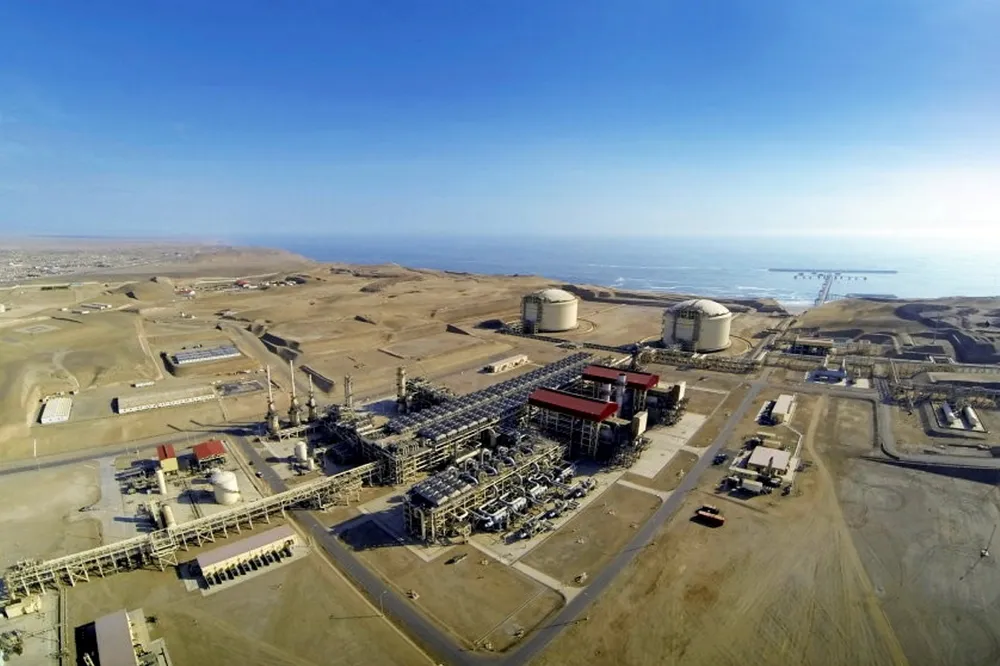Japanese giants hatch plan to export thousands of tonnes of hydrogen-based e-LNG from existing Peruvian plant
Marubeni and Osaka Gas want e-methane to feed into Japan’s fossil gas infrastructure

Marubeni and Osaka Gas want e-methane to feed into Japan’s fossil gas infrastructure
